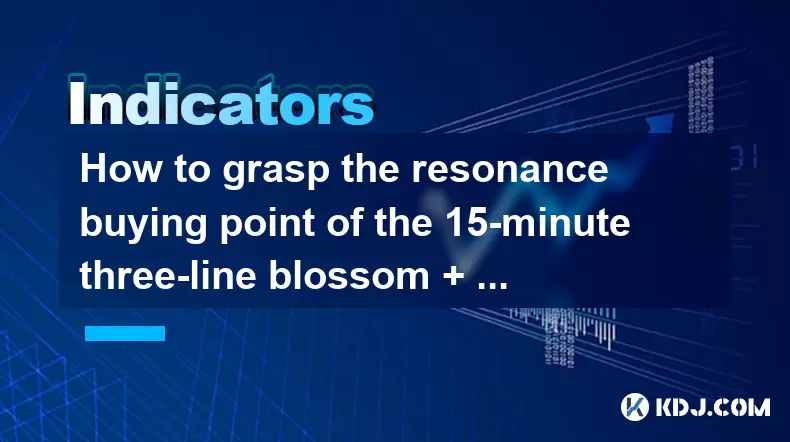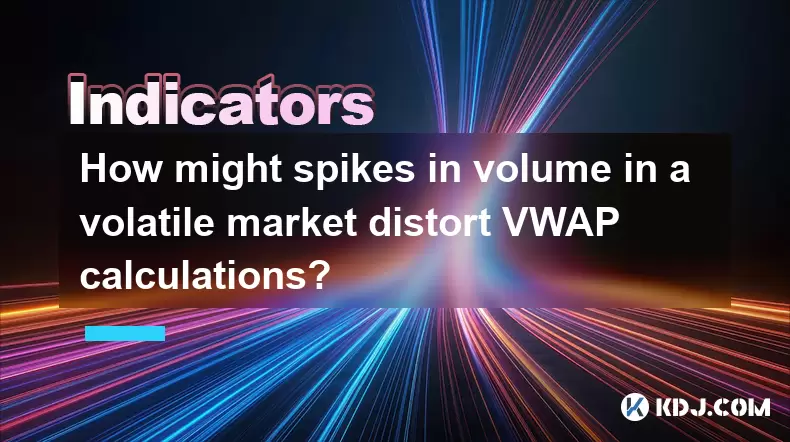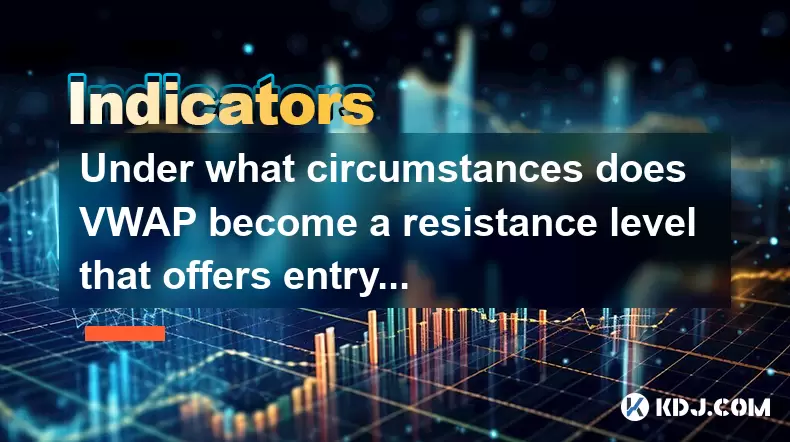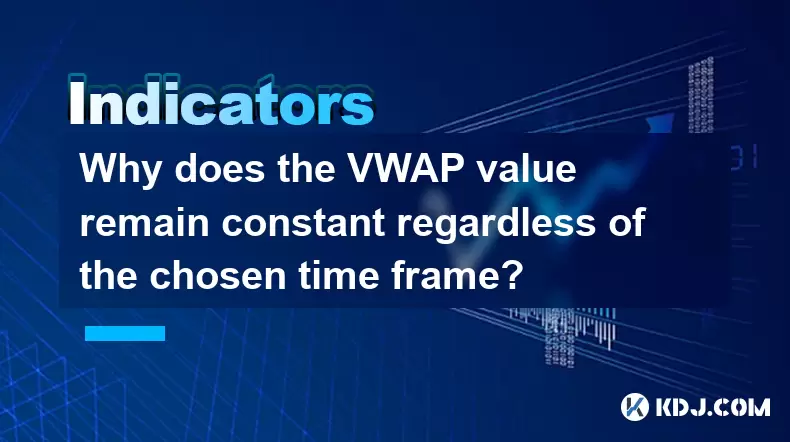-
 Bitcoin
Bitcoin $117700
-0.03% -
 Ethereum
Ethereum $3805
0.49% -
 XRP
XRP $3.098
-1.00% -
 Tether USDt
Tether USDt $1.000
0.03% -
 BNB
BNB $792.8
-1.72% -
 Solana
Solana $177.9
-1.95% -
 USDC
USDC $1.000
0.02% -
 Dogecoin
Dogecoin $0.2202
-1.55% -
 TRON
TRON $0.3278
-2.92% -
 Cardano
Cardano $0.7641
-2.43% -
 Hyperliquid
Hyperliquid $42.21
-2.68% -
 Sui
Sui $3.758
-1.58% -
 Stellar
Stellar $0.4080
-3.21% -
 Chainlink
Chainlink $17.75
-0.33% -
 Bitcoin Cash
Bitcoin Cash $591.8
4.96% -
 Hedera
Hedera $0.2561
-3.09% -
 Avalanche
Avalanche $23.34
-4.24% -
 Litecoin
Litecoin $110.7
1.96% -
 UNUS SED LEO
UNUS SED LEO $8.956
-0.01% -
 Toncoin
Toncoin $3.410
0.79% -
 Ethena USDe
Ethena USDe $1.001
0.03% -
 Shiba Inu
Shiba Inu $0.00001288
-1.82% -
 Uniswap
Uniswap $10.07
-2.06% -
 Polkadot
Polkadot $3.807
-2.27% -
 Monero
Monero $308.2
-2.15% -
 Dai
Dai $1.000
0.03% -
 Bitget Token
Bitget Token $4.521
-0.30% -
 Pepe
Pepe $0.00001134
-1.52% -
 Cronos
Cronos $0.1457
0.65% -
 Aave
Aave $274.9
-2.47%
How to grasp the resonance buying point of the 15-minute three-line blossom + 5-minute MACD water golden cross?
The 15-minute three-line blossom and 5-minute MACD water golden cross together signal strong bullish momentum, offering a high-probability entry when confirmed by volume and market context.
Jul 30, 2025 at 03:49 pm

Understanding the 15-Minute Three-Line Blossom Indicator
The 15-minute three-line blossom is a technical analysis tool derived from Japanese candlestick patterns, often used in short-term cryptocurrency trading. This setup involves three moving averages—typically a fast (e.g., 5-period), medium (e.g., 10-period), and slow (e.g., 20-period) exponential moving average (EMA)—plotted on a 15-minute chart. When these three lines converge and then diverge in a fan-like pattern, it is referred to as the "blossom" formation. This visual convergence signals a potential shift in momentum.
Traders interpret the blossom pattern as a consolidation phase where market sentiment is balancing before a breakout. The key signal occurs when the fast EMA crosses above both the medium and slow EMAs, indicating rising bullish momentum. This configuration suggests that short-term selling pressure has diminished and buyers are beginning to take control. It's essential to wait for full confirmation—meaning all three lines have clearly separated and the price candle closes above the fast EMA—to avoid false signals.
To apply this effectively, ensure your charting platform supports multi-EMA overlays. In TradingView, for example, navigate to the "Indicators" section, search for "Moving Average Exponential," and add three instances with periods 5, 10, and 20. Set the time frame to 15 minutes and observe how the lines interact during low-volatility periods. The tighter the convergence, the stronger the potential breakout once the lines begin to expand.
Decoding the 5-Minute MACD Water Golden Cross
The 5-minute MACD water golden cross refers to a specific bullish signal on the MACD (Moving Average Convergence Divergence) indicator when the MACD line crosses above the signal line from below, particularly after a period of downtrend or sideways movement. The term "water golden cross" is sometimes used colloquially to describe a clean, early-stage crossover that appears in fresh momentum.
The standard MACD settings (12, 26, 9) are typically used. The MACD line is the difference between the 12-period and 26-period EMAs, while the signal line is the 9-period EMA of the MACD line. A golden cross occurs when the MACD line rises above the signal line, especially when both are below the zero line or just beginning to turn upward. This indicates increasing bullish momentum at a granular level.
To spot this signal accurately:
- Open a 5-minute chart of your chosen cryptocurrency pair.
- Apply the MACD indicator from the platform’s studies menu.
- Watch for the moment the blue MACD line (default color) crosses above the orange signal line.
- Confirm the cross happens near or below the zero line to avoid overbought false entries.
- Ensure volume supports the move—rising volume strengthens the signal.
This micro-level confirmation complements higher-timeframe setups by providing precise entry timing.
Synchronizing the 15-Minute and 5-Minute Signals
The resonance buying point emerges when both the 15-minute three-line blossom and the 5-minute MACD water golden cross align within a short time window. This multi-timeframe confluence increases the probability of a successful trade.
To identify this alignment:
- Monitor the 15-minute chart for the completion of the blossom pattern—three EMAs fanning upward with price closing above the fastest EMA.
- Immediately switch to the 5-minute chart and look for the MACD golden cross occurring within one to two candles of the 15-minute signal.
- Verify that the 5-minute price action is also breaking above recent swing highs or resistance zones.
- Check that the RSI on the 5-minute chart is not already in overbought territory (above 70), which could limit upside.
This dual confirmation reduces noise and enhances signal reliability. For example, if the 15-minute chart shows a blossoming EMA fan at 14:00 UTC, and at 14:05 UTC the 5-minute MACD crosses upward, the combined event suggests strong momentum buildup.
Executing the Trade with Precision
Once both conditions are met, entry execution must follow a disciplined approach. The goal is to capture the initial surge of momentum while minimizing risk.
- Wait for the 5-minute candle to fully close after the MACD cross to avoid premature entry.
- Place a limit buy order slightly above the closing price of that candle to ensure execution.
- Set a stop-loss below the recent 5-minute swing low or below the slowest EMA on the 15-minute chart.
- Use a take-profit level based on the nearest resistance zone or a 1:2 risk-reward ratio.
- Consider scaling out—sell half at first target, let the rest ride with a trailing stop.
For instance, if the entry is at $30,100, place the stop at $29,950 (150-point risk), and set the first take-profit at $30,400. This gives a favorable reward-to-risk ratio. Use TradingView alerts or exchange-based conditional orders to automate parts of this process.
Validating the Setup with Volume and Market Context
Even with perfect technical alignment, external factors can invalidate signals. Volume analysis is critical. A genuine breakout should be accompanied by a noticeable increase in trading volume on both timeframes.
- On the 15-minute chart, compare the volume bar at the blossom breakout to the previous three candles. It should be at least 1.5 times higher.
- On the 5-minute chart, the candle with the MACD cross should show expanding volume, confirming participant interest.
- Avoid setups during low-liquidity periods (e.g., weekends for some altcoins) or during major news events that may cause erratic price action.
Additionally, consider the broader market trend. If Bitcoin is in a strong uptrend, altcoin setups like this have higher success rates. Use a BTC dominance chart or overall crypto market heatmap to assess macro conditions.
Frequently Asked Questions
What if the 5-minute MACD cross happens but the 15-minute blossom isn’t fully formed?
Wait for the 15-minute pattern to complete. Premature entries based on incomplete blossoms often result in whipsaws. The three EMAs must clearly separate upward, and price must close above the fastest EMA before considering alignment.
Can this strategy be applied to all cryptocurrencies?
It works best on high-liquidity pairs such as BTC/USDT, ETH/USDT, or major altcoins with consistent volume. Low-cap tokens often lack the smooth price action needed for reliable EMA and MACD signals.
How do I adjust the EMA periods for different market conditions?
In highly volatile markets, consider using shorter EMAs (e.g., 3, 7, 15) to increase sensitivity. In ranging markets, extend to 7, 14, 28 to reduce noise. Always backtest changes on historical data before live use.
Is it necessary to use both indicators simultaneously, or can one suffice?
While each indicator has value independently, the resonance effect—the simultaneous activation of both signals—greatly improves accuracy. Using only one increases exposure to false breakouts and lower-probability entries.
Disclaimer:info@kdj.com
The information provided is not trading advice. kdj.com does not assume any responsibility for any investments made based on the information provided in this article. Cryptocurrencies are highly volatile and it is highly recommended that you invest with caution after thorough research!
If you believe that the content used on this website infringes your copyright, please contact us immediately (info@kdj.com) and we will delete it promptly.
- LYNO Token Presale: AI Arbitrage Revolution in DeFi
- 2025-07-31 05:11:11
- Pepecoin Successors: Can These Cryptocurrencies Make You a Millionaire?
- 2025-07-31 05:50:12
- AML Bitcoin Fraud: Cracking Down on Crypto Crime in the Big Apple and Beyond
- 2025-07-31 04:33:53
- Cardano (ADA) in 2025: Navigating Crypto's Future
- 2025-07-31 03:52:07
- Solana Meme Coin Price Prediction: Will the Frog Outleap the Dog?
- 2025-07-31 03:52:07
- Bitcoin's Bullish Outlook: CryptoQuant's Insights on Futures Market Cooling
- 2025-07-31 03:59:10
Related knowledge

How to use the AVL indicator with MACD for better signals?
Jul 31,2025 at 09:22am
Understanding the AVL Indicator and Its Role in Cryptocurrency TradingThe AVL indicator, also known as the Accumulation Volume Line, is a volume-based...

How to identify sell signals with the AVL indicator?
Jul 31,2025 at 07:09am
Understanding the AVL Indicator and Its Core ComponentsThe AVL indicator, also known as the Accumulation Volume Line, is a volume-based technical anal...

How does the VWAP line help in identifying overbought and oversold market conditions?
Jul 31,2025 at 05:19am
Understanding the VWAP Line and Its Role in Technical AnalysisThe Volume Weighted Average Price (VWAP) is a critical tool used by traders within the c...

How might spikes in volume in a volatile market distort VWAP calculations?
Jul 31,2025 at 07:40am
Understanding VWAP and Its Core ComponentsVWAP, or Volume-Weighted Average Price, is a trading benchmark that gives the average price a cryptocurrency...

Under what circumstances does VWAP become a resistance level that offers entry opportunities?
Jul 31,2025 at 08:57am
Understanding the Basics of Staking in CryptocurrencyStaking is a process used in proof-of-stake (PoS) blockchain networks to validate transactions an...

Why does the VWAP value remain constant regardless of the chosen time frame?
Jul 31,2025 at 09:58am
Understanding the Core Concept of VWAPThe Volume Weighted Average Price (VWAP) is a trading benchmark that calculates the average price a cryptocurren...

How to use the AVL indicator with MACD for better signals?
Jul 31,2025 at 09:22am
Understanding the AVL Indicator and Its Role in Cryptocurrency TradingThe AVL indicator, also known as the Accumulation Volume Line, is a volume-based...

How to identify sell signals with the AVL indicator?
Jul 31,2025 at 07:09am
Understanding the AVL Indicator and Its Core ComponentsThe AVL indicator, also known as the Accumulation Volume Line, is a volume-based technical anal...

How does the VWAP line help in identifying overbought and oversold market conditions?
Jul 31,2025 at 05:19am
Understanding the VWAP Line and Its Role in Technical AnalysisThe Volume Weighted Average Price (VWAP) is a critical tool used by traders within the c...

How might spikes in volume in a volatile market distort VWAP calculations?
Jul 31,2025 at 07:40am
Understanding VWAP and Its Core ComponentsVWAP, or Volume-Weighted Average Price, is a trading benchmark that gives the average price a cryptocurrency...

Under what circumstances does VWAP become a resistance level that offers entry opportunities?
Jul 31,2025 at 08:57am
Understanding the Basics of Staking in CryptocurrencyStaking is a process used in proof-of-stake (PoS) blockchain networks to validate transactions an...

Why does the VWAP value remain constant regardless of the chosen time frame?
Jul 31,2025 at 09:58am
Understanding the Core Concept of VWAPThe Volume Weighted Average Price (VWAP) is a trading benchmark that calculates the average price a cryptocurren...
See all articles

























































































